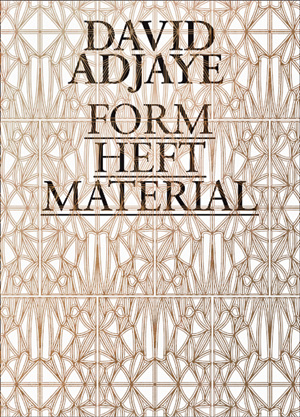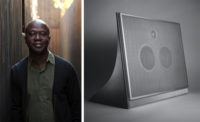The first essay by Art Institute of Chicago architecture and design curator Ryan provides an overview of Adjaye's methodology and the trajectory of his work. Subsequent authors (including the architect) explore facets of his oeuvre: the social, political, and economic dimensions of his civic projects in London, the influence of his extensive photography of Africa, how he shapes urban space. The language can veer toward the academic, and sometimes a lack of illustration can be frustrating, but overall these works are insightful and clear. “Gestures of Affiliation,” written by Haus der Kunst director Enwezor, addresses two projects—the NMAAHC and the Cape Coast Slavery Museum—and how they are immersed in questions of social memory, memorialization, civic architecture, and African history. “Other Monumentalities” by Mabel O. Wilson, Columbia University associate professor of architecture, explores the NMAAHC within a broader history of race and American civic architecture.
David Adjaye's diverse past and sensitivity to the cultural, economic, and political aspects of a site and project exemplify the breadth of his work thus far. As his commissions grow in scale and prominence, it will remain that artistry—such as the NMAAHC's bronze-coated cast-aluminum facade and sweeping porches—sets him apart.




Post a comment to this article
Report Abusive Comment